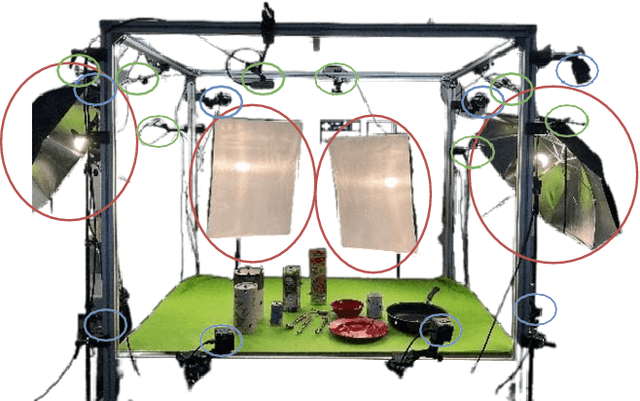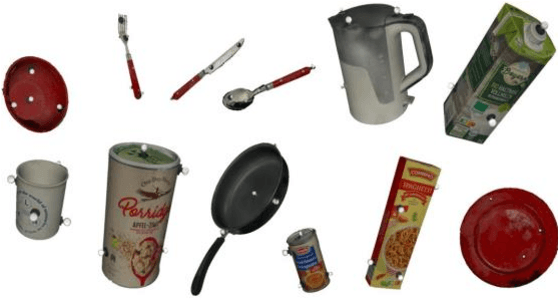Constantin Patsch
Watch and Learn: Leveraging Expert Knowledge and Language for Surgical Video Understanding
Mar 14, 2025Abstract:Automated surgical workflow analysis is crucial for education, research, and clinical decision-making, but the lack of annotated datasets hinders the development of accurate and comprehensive workflow analysis solutions. We introduce a novel approach for addressing the sparsity and heterogeneity of annotated training data inspired by the human learning procedure of watching experts and understanding their explanations. Our method leverages a video-language model trained on alignment, denoising, and generative tasks to learn short-term spatio-temporal and multimodal representations. A task-specific temporal model is then used to capture relationships across entire videos. To achieve comprehensive video-language understanding in the surgical domain, we introduce a data collection and filtering strategy to construct a large-scale pretraining dataset from educational YouTube videos. We then utilize parameter-efficient fine-tuning by projecting downstream task annotations from publicly available surgical datasets into the language domain. Extensive experiments in two surgical domains demonstrate the effectiveness of our approach, with performance improvements of up to 7% in phase segmentation tasks, 8% in zero-shot phase segmentation, and comparable capabilities to fully-supervised models in few-shot settings. Harnessing our model's capabilities for long-range temporal localization and text generation, we present the first comprehensive solution for dense video captioning (DVC) of surgical videos, addressing this task despite the absence of existing DVC datasets in the surgical domain. We introduce a novel approach to surgical workflow understanding that leverages video-language pretraining, large-scale video pretraining, and optimized fine-tuning. Our method improves performance over state-of-the-art techniques and enables new downstream tasks for surgical video understanding.
ADL4D: Towards A Contextually Rich Dataset for 4D Activities of Daily Living
Feb 27, 2024



Abstract:Hand-Object Interactions (HOIs) are conditioned on spatial and temporal contexts like surrounding objects, pre- vious actions, and future intents (for example, grasping and handover actions vary greatly based on objects proximity and trajectory obstruction). However, existing datasets for 4D HOI (3D HOI over time) are limited to one subject inter- acting with one object only. This restricts the generalization of learning-based HOI methods trained on those datasets. We introduce ADL4D, a dataset of up to two subjects inter- acting with different sets of objects performing Activities of Daily Living (ADL) like breakfast or lunch preparation ac- tivities. The transition between multiple objects to complete a certain task over time introduces a unique context lacking in existing datasets. Our dataset consists of 75 sequences with a total of 1.1M RGB-D frames, hand and object poses, and per-hand fine-grained action annotations. We develop an automatic system for multi-view multi-hand 3D pose an- notation capable of tracking hand poses over time. We inte- grate and test it against publicly available datasets. Finally, we evaluate our dataset on the tasks of Hand Mesh Recov- ery (HMR) and Hand Action Segmentation (HAS).
 Add to Chrome
Add to Chrome Add to Firefox
Add to Firefox Add to Edge
Add to Edge